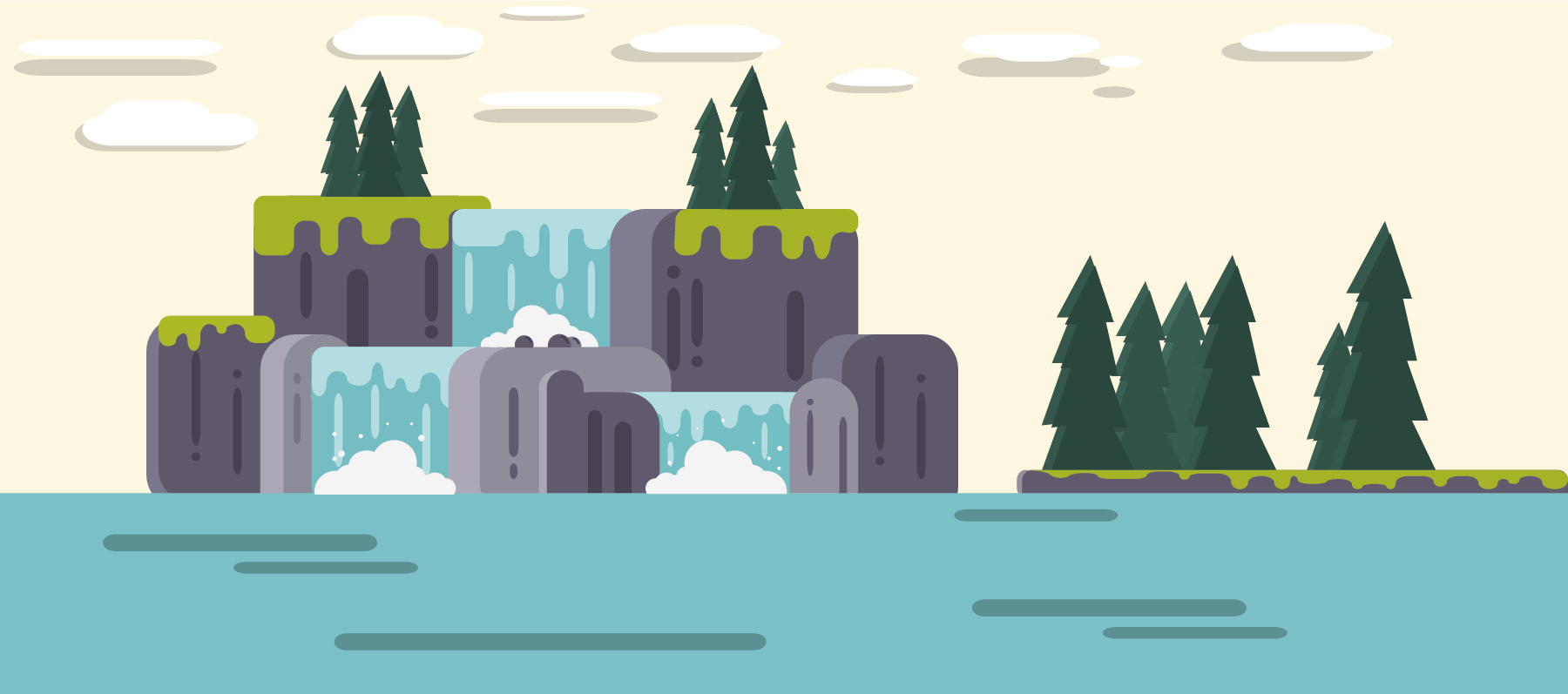Part 3
I first discovered Agile. Later on I discovered design thinking. Then I learned about scaled Agile and finally, Lean Startup. But once I had understood all four, I realised that I had a complete, end to end Product development model.
Each one was a perfect fit for the journey from a kernel of an idea, to the point of delivering a final product into the customers hand and beyond, into product maturity and then finally putting it out to pasture.
Design Thinking and Lean Startup are two frameworks for progressing innovation along the journey from
- Discovery
- Describing the problem
- Ideating new ideas
- Testing these ideas
- Implementing and moving to scale
It is the successful outputs of the innovation cycle that are fed into the Agile delivery pipeline and from there, into scaling Agile at an enterprise level.
I will point out that many people evangelise Design Thinking and Lean Startup. We need to realise that innovation and product development is a small % of the overall journey. In terms of resources, structure, processes, collaboration, they are typically only 1-10% of the overall effort needed (I am guesstimating these numbers from my experience). At the opposite end of the spectrum, scaling Agile, is a huge endeavour. And while their importance is high,we need to keep them in perspective, in terms of how much energy we give and the overall focus.
Currently, there is a steady increase in large enterprises that have made the decision to leap over phase two and go straight for the holy grail with frameworks like SAFE. At the same time, the numbers are still not huge. There is no half measures when you are looking at SAFE. Safe is a fully operation Agile organisational matrix, from bottom to top, covering all the bases from governance, funding, strategic pillars, networks of teams and including up to four levels of hierarchy, working together in an orchestra of value based delivery. It is a simple but impressive delivery model. When you get it to work that is!
This absolute commitment to Agile from enterprises that were traditionally at the other end of the spectrum is to be applauded but with a sceptical eye. I have yet to get enough industry feedback to determine whether this experiment is working or no.
I could have used a number of different paradigms to discuss phase three. I could have talked about an Agile Maturity Model, moving from
- No Agile processes
- ad hoc processes
- to embedded processes
- Measurement and metrics in place
- A culture of continuous improvement
And that is what this final phase is all about. Putting in place practices that continuously improve our product and our system, processes and culture.
So, just to recap, the three phases are firstly to stabilise our delivery without focusing on changing processes and culture. Once stabilised, we develop a vision of where we want to be and put our roadmap in place and finally, we widen our net from Agile delivery into the full product lifecycle.
And that’s it in a nutshell


